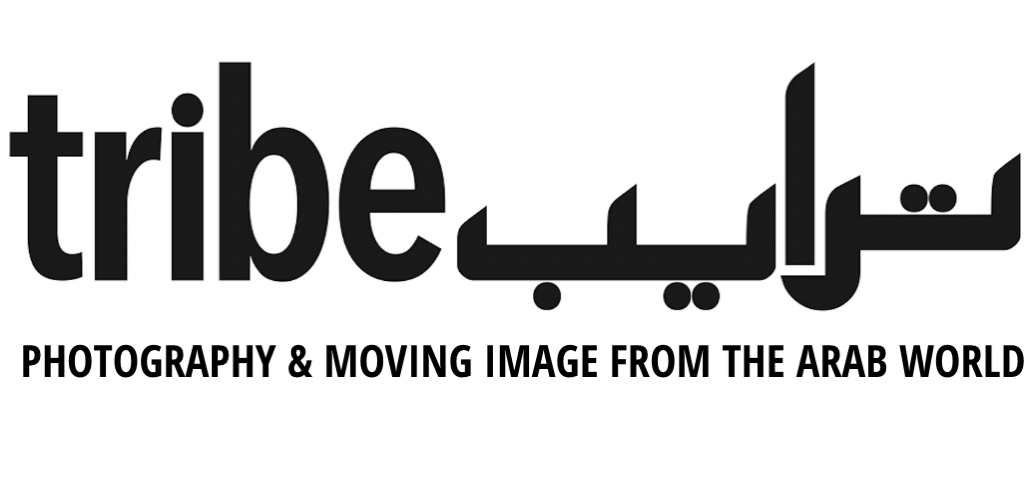Hashem El Madani: The Studio Portraits
Envisioning Otherwise
Hashem El Madani, Abed, a tailor. Madani’s parents’ home, the studio. Lebanon/Saida (1948 - 1953). Courtesy of Akram Zaatari and the Arab Image Foundation.
With text by Gayatari Gopinath, Associate Professor.
The image stopped me in my tracks. Identified in the caption simply as ‘Abed, a tailor’ and created sometime between 1948-1953, the subject in the photograph looks forthrightly into the camera as he leans on his elbows with his hands folded gracefully under his chin. With his finely chilled face, perfectly arched eyebrows, and elaborately coiffed hair, ‘Abed’ was on my contemporary gaze immediately recognizable as a gender-nonconforming figure: one who is not easily intelligible within a gender binary system of male and female.
This image of ‘Abed’ was my initial encounter with the remarkable studio photography of Hashem El Madani. Madani’s work was made available to a transnational public through the work of the Arab Image Foundation and the Beirut-based Lebanese artist Akram Zaatari. Indeed as a New York based academic, I first came across this image while leading through Zaatari’s 2004 co-edited book Hashem El Madani: Studio Practices. Madani opened his Studio Shehrazade in Saida (Sidon) in southern Lebanon in 1953. There he created hundreds of thousands of portraits of Saida’s residents: brides and grooms, wrestlers and babies, resistance fighters and refugees. The portraits in Hashem El Madani: Studio Practices date from the early 1950s to the mid-1970s, and tell us a great deal about the centrality of image-making practices such as studio photography in the construction of modernity in Lebanon. But we can also understand Madani as a chronicler of everyday life in southern Lebanon per se, a region rendered ‘other’ in relation to the larger Lebanese nation by successive waves of war and Israeli occupation between 1978 and 2000.
We can glean from Hashem El Madani: Studio Practices visions of gender nonconformity and homosocial intimacy that marked this ‘othered’ space of the region of southern Lebanon, and that were perhaps only possible within it. The image of ‘Abed, a tailor’ that I found so arresting is but one of a series of five portraits of the figure, and appears in the midst of portraits of flexing male body builders and young male militants in poses of masculine bravado. The ‘Abed’ series speaks to an entirely different sense of gender embodiment, and is one manifestation of these subterranean regional histories. It is accompanied by a succinct yet telling caption from Madani. He writes, ‘As he was effeminate I would give him poses that I usually chose for women. He used to come often to the studio with his family and friends.’ Madani’s non-judgmental, matter-of-fact explication, as well as the images of Abed gazing calmly and confidently into the camera with his sister and his male companions, give a sense of an individual whose gender nonconformity is not spectacular or fetishized by quite ordinary. We can thus read the images as aspirational enactments of belonging: they produce Abed as a subject who is deeply embedded within a rich social world, within a network of friends, lovers, and family members, and they speak to a quotidian strategies of self-representation by which non-normative subjects envision a sense of place and emplacement.
In Akram Zaatari’s 2015 film Twenty Eight Nights and a Poem, an off-screen voice (presumably Zaatari’s) asks Madani why he photographed ‘Abed’ in poses usually reserved for women. El Madani replies, ‘That’s because he himself was between a man and a woman. Before that I. Had shot his sisters. He cam in and asked to be photographed like them. He considered himself in the same category as women. Psychologically.’ Madani’s response indicates his absolute commitment to creating portraits that spoke to his subjects’ own aspirational desires for self-representation. This same lack of judgement and his fidelity to his subjects’ self-making desires is apparent later in the film when Madani recalls photographing a young, recently divorced woman who wanted to be photographed nude, an anomaly at the time. Whether photographing militant young men, young divorcees, or ‘effeminate’ tailors, Madani’s gaze is deeply humane and equally respectful of the desires and longings of all his subjects; he serves as an unwavering, loyal collaborator in their poignant performances of world-making and self-fashioning.


